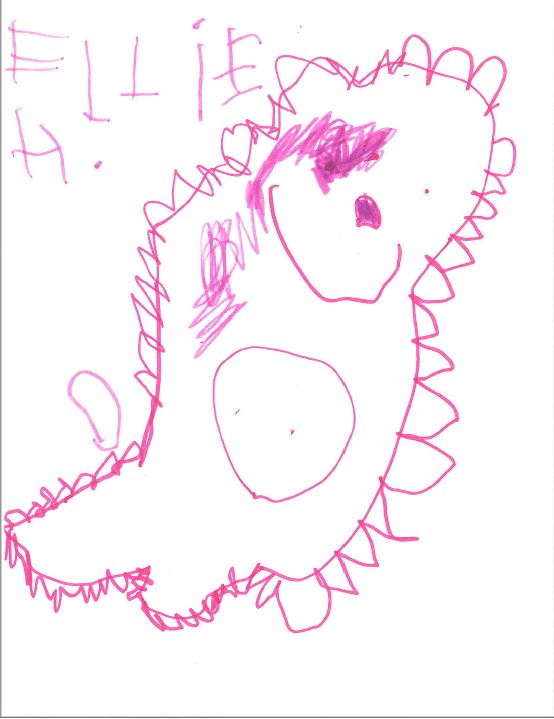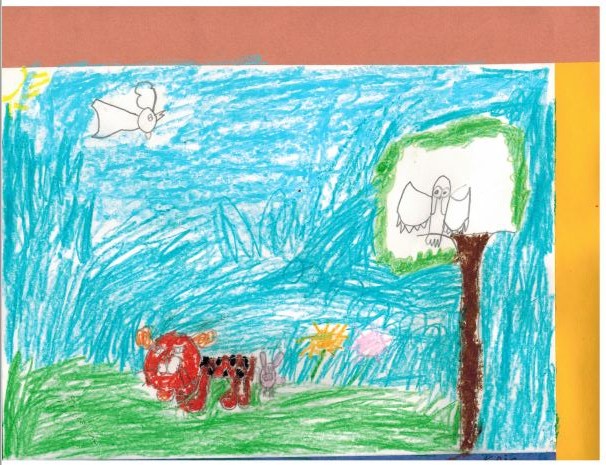A new day, a new topic, a new mood board.

2012 was my first music festival experience. My friend picked the wrong time to use the restroom and had trouble getting back to me. I had a yellow rain poncho that I held up as high as I could for her to locate me. Since then, I’ve been interested in concert totems. The following pictures were all taken by me in 2015 at Bonnaroo:
There are countless tutorials for creating a totem: from The Scene is Dead, DJ List, Complex, Insomniac.
This Guide to Bonnaroo is what I used when planning to attend.
For more concert totems, this is a list of the 10 Coolest Totems at Coachella. (after totems were banned)
The goal of most concert totems is to allow large groups to reconvene at different shows amidst huge crowds. The totems need to stand out from the crowd while being easy enough to carry and meeting the specific festival’s restrictions. The only totem I have created was to locate our tent (pool noodle shark, playing a banjo). It was effective for that use. The totem was deconstructed on day 3 and taken to shows (less effective, but it was fun). My friend took the pool noodle shark and ended up appearing in a video that was filmed for Mumford & Sons (precisely at the 1 minute mark). My cardboard banjo might be in it for a millisecond– I’m still not 100% sure that’s my sign, but I think it is. If you’re curious and would like to see the video montage my friend made of the many pictures and videos of her days at Bonnaroo, click here. It features additional totems and festival visual rhetoric.
I am interested in the design and construction as well as the affordances of concert totems. Additionally, the signs should fit the ethos of the festival and be employed according to concert etiquette. I do not know for sure what form my project will take.









